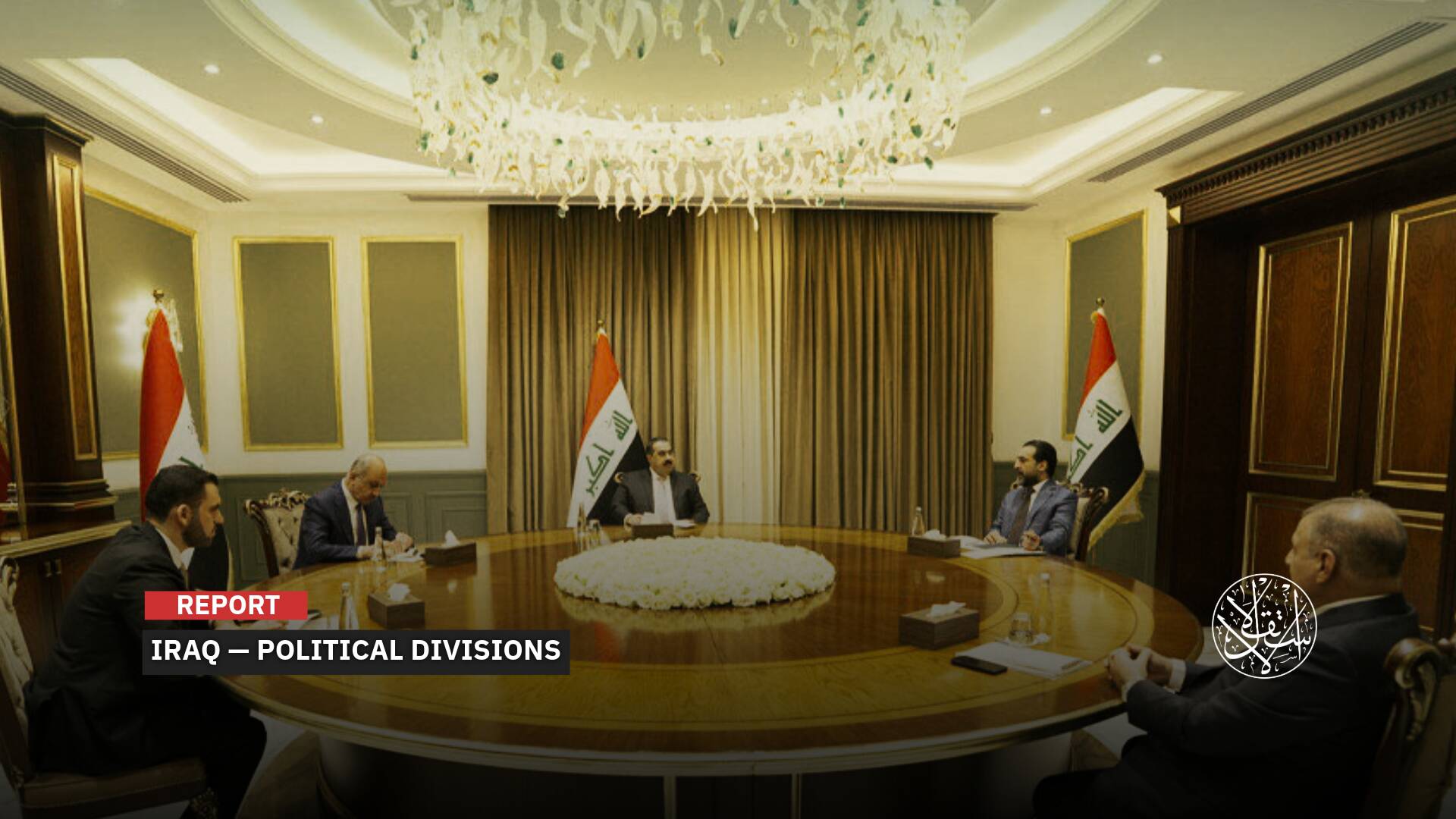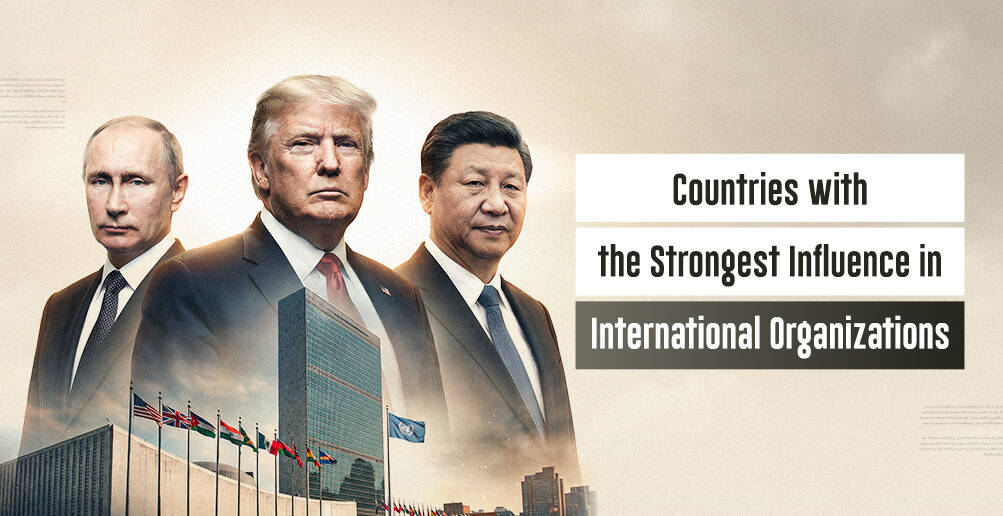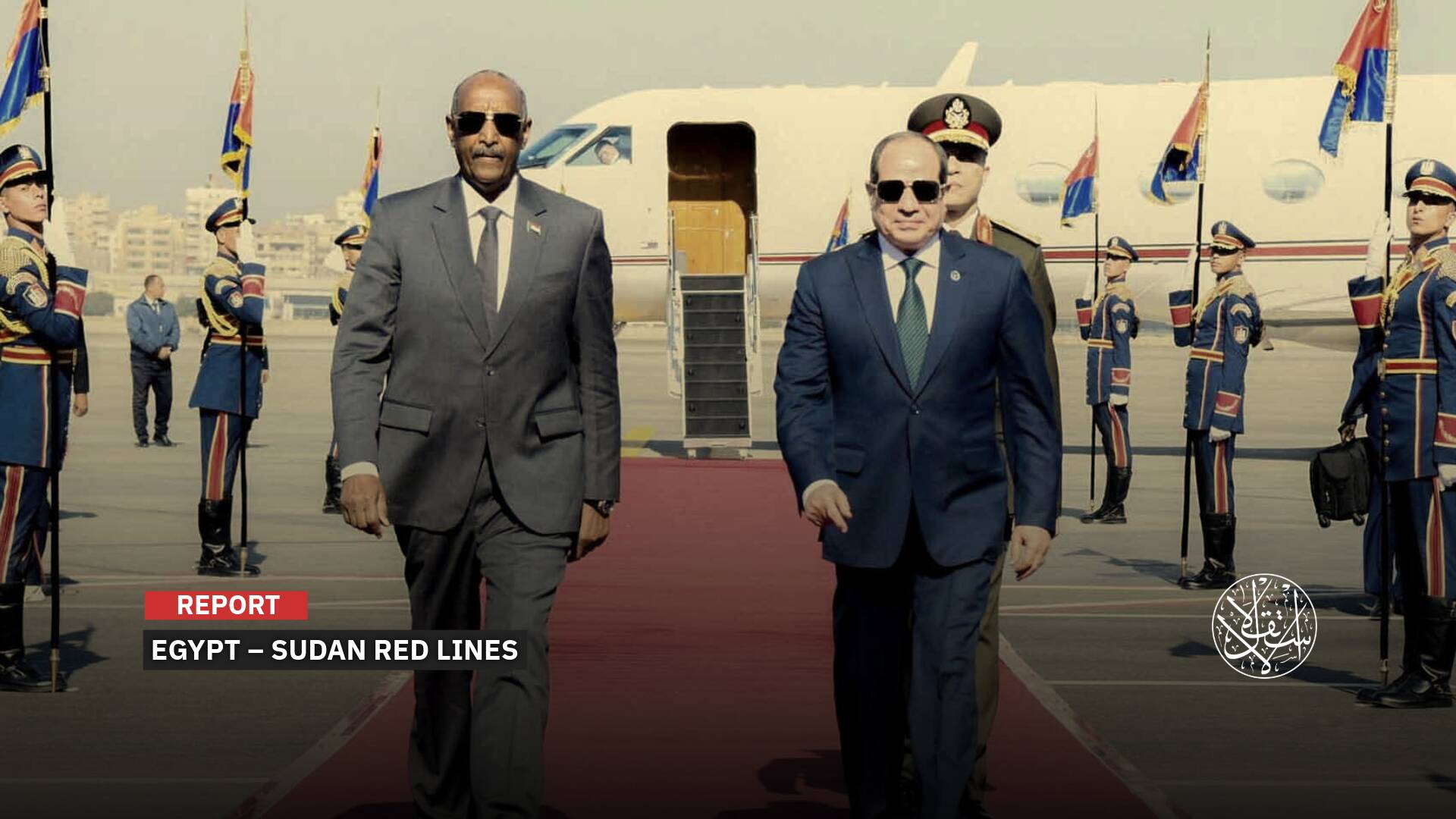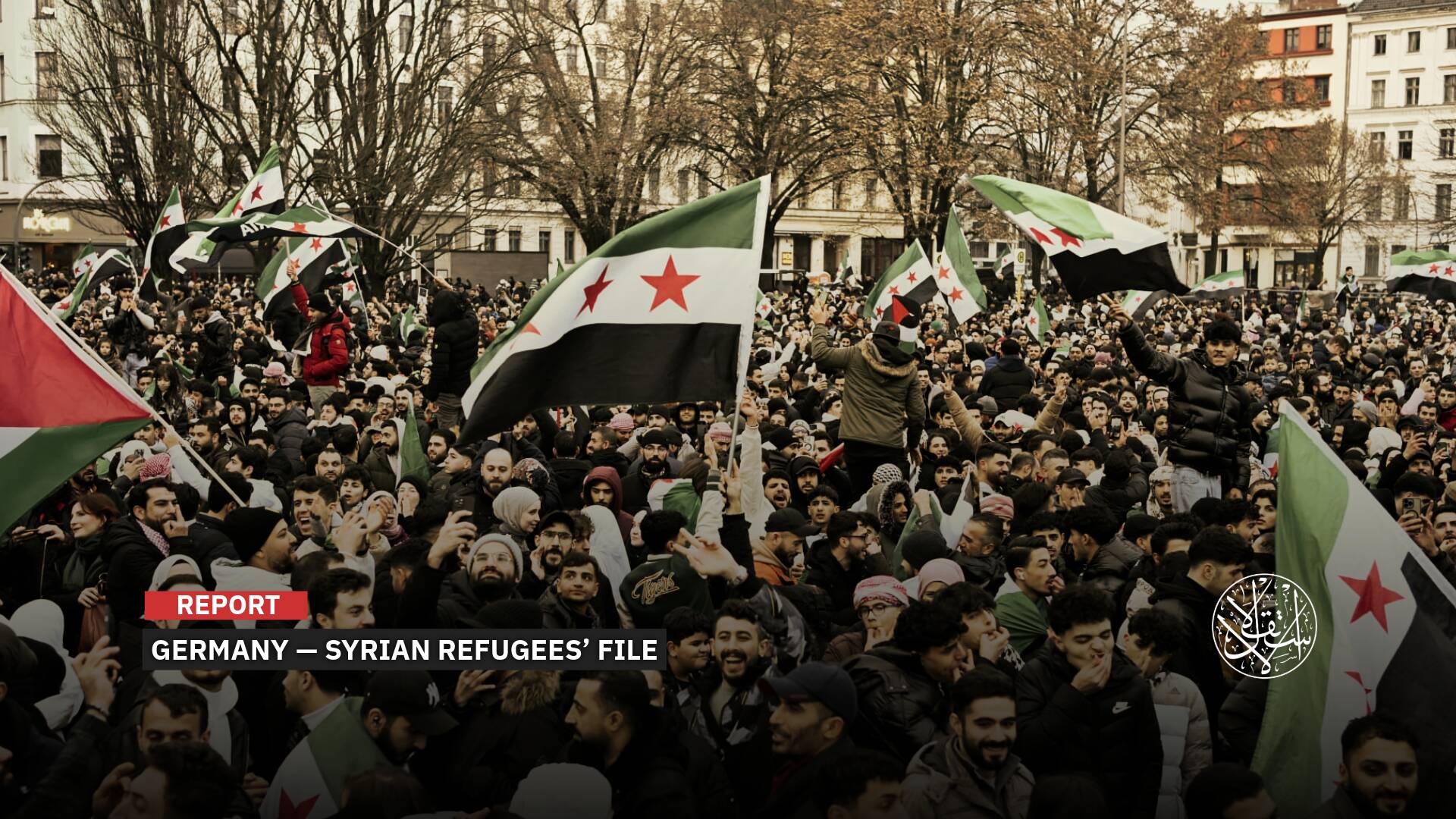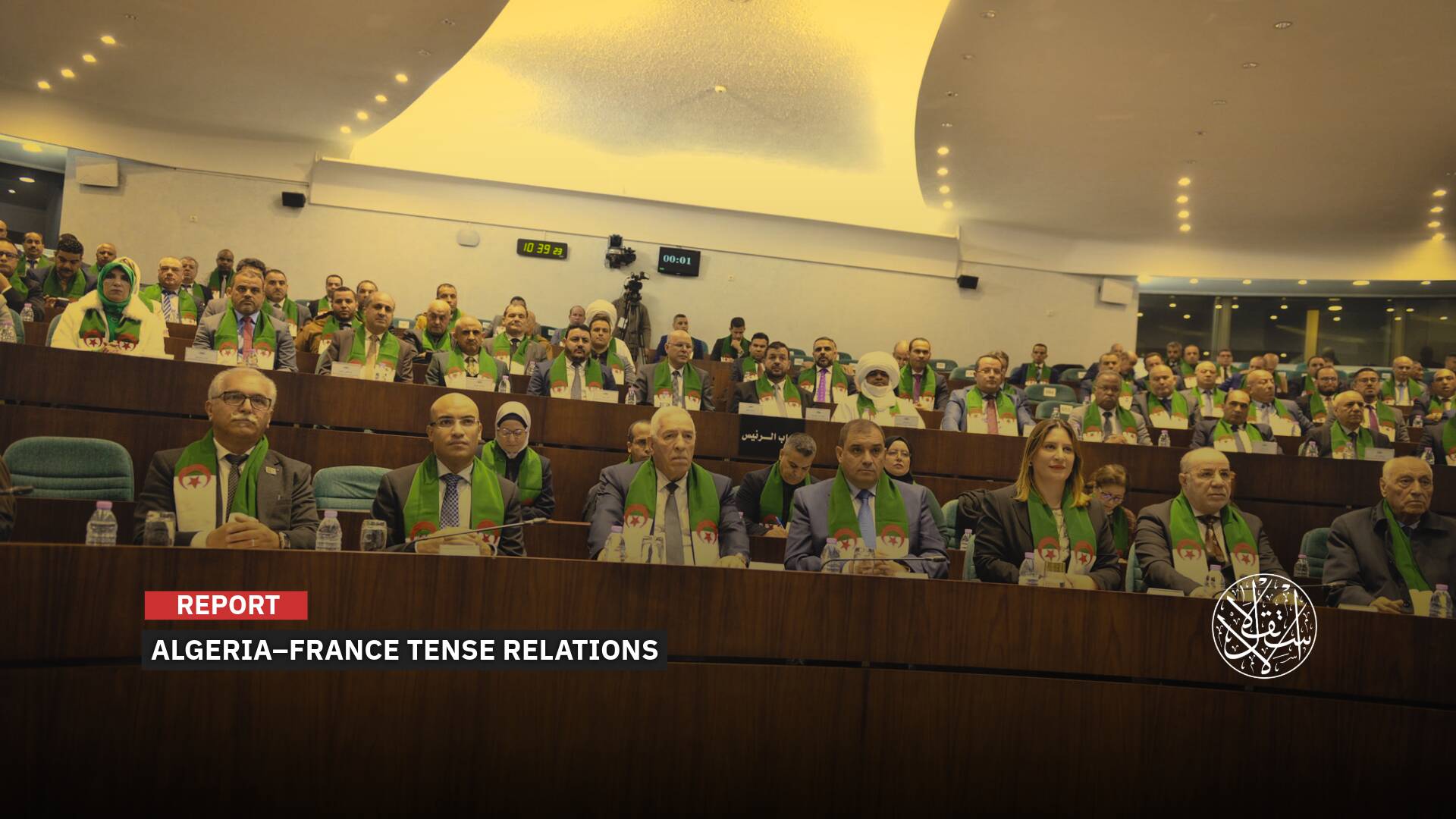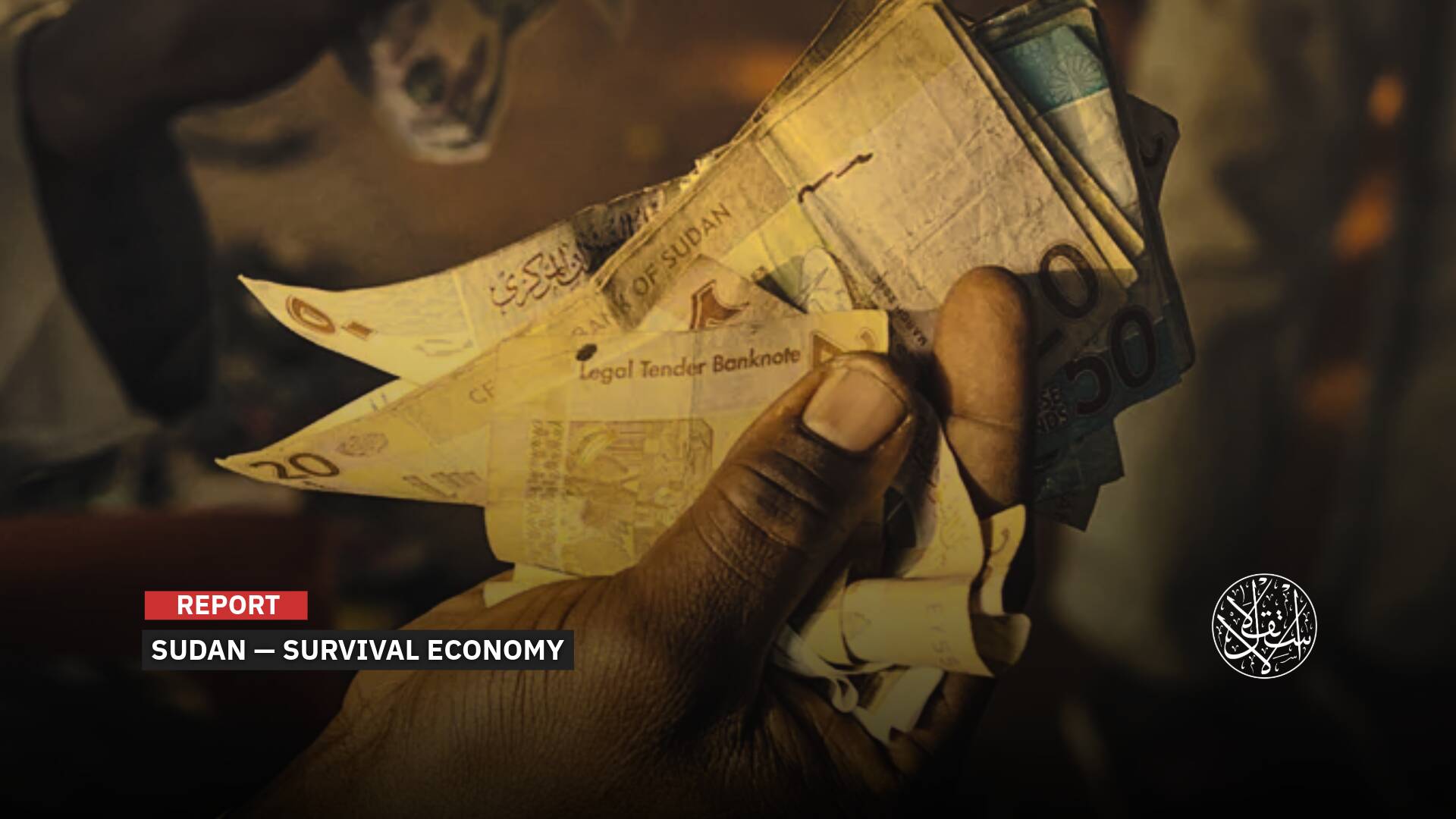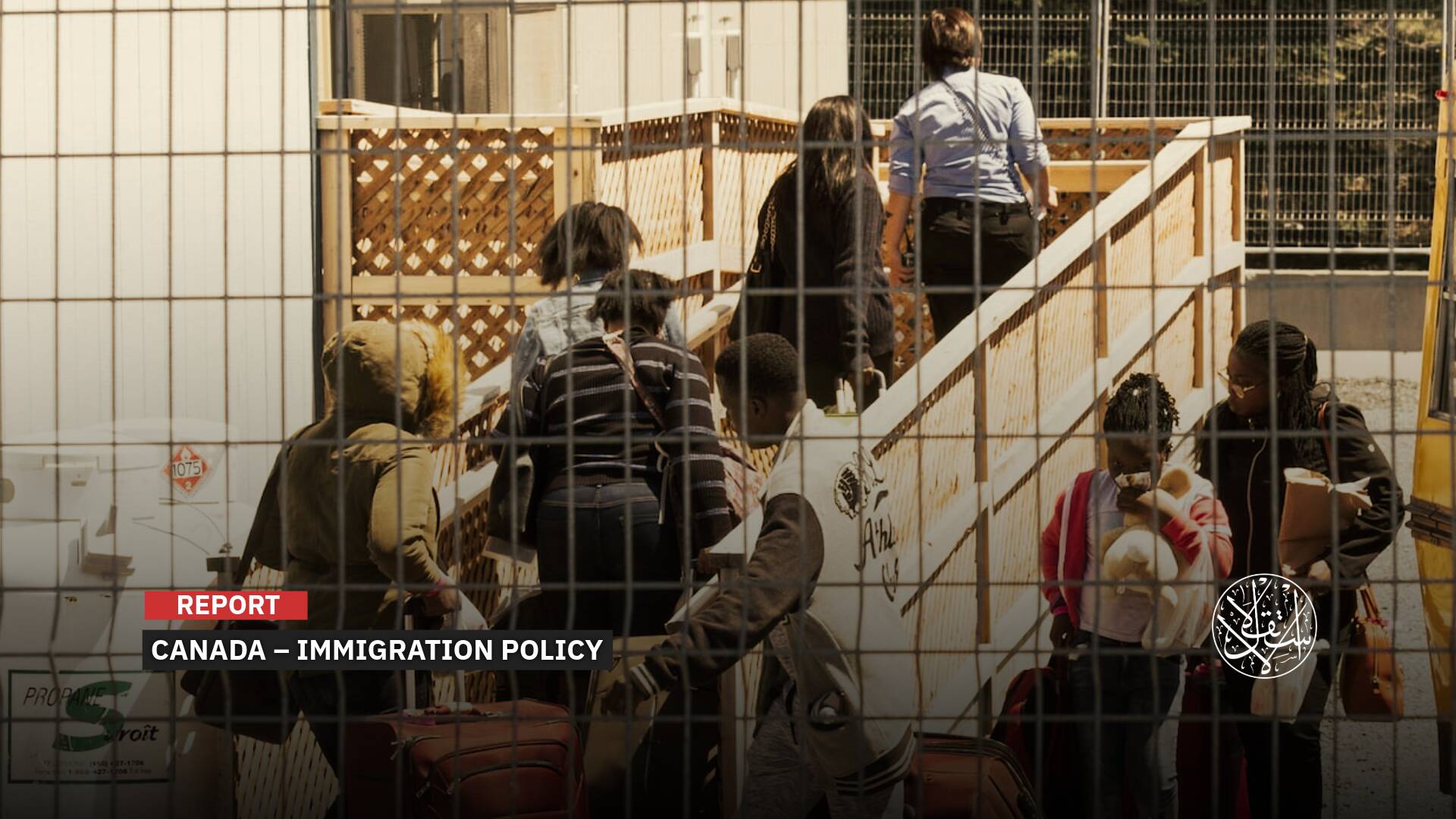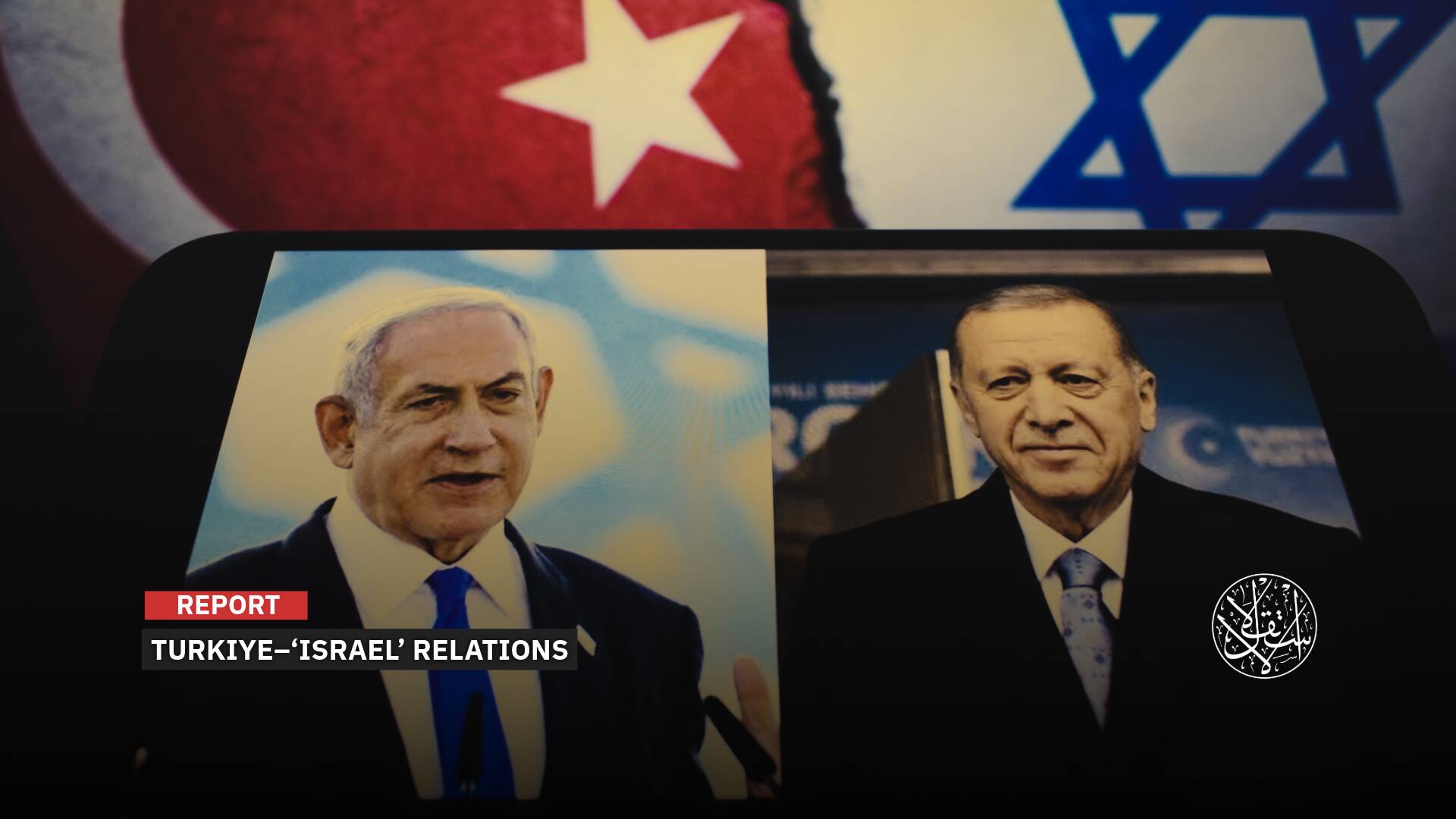The Russian Khmeimim Base in Syria: How Did It Turn Into an Integrated City for Russian Soldiers?

The Russian Khmeimim Air Base in Latakia is about to become an integrated city for the Russian soldiers and officers who serve there.
For this reason, the Russian leadership is striving not to miss any of the ceremonies, events, and religious holidays for these soldiers that take place in their homeland, Russia.
The latter signed a long-term lease contract with the Bashar al-Assad regime in 2017 for a period of 49 years, extendable for another 25 years.
Since then, Moscow has been working to rehabilitate the base logistically and in terms of services, in addition to its permanent military modernization.
Long Stay
All of this secures a permanent presence for Russia on the Mediterranean coast.
The Khmeimim base gives Moscow an opportunity to revive its international standing in the international system led by the United States and then European countries.
Russia’s presence there came as a result of the Assad regime’s barter for the Syrian revolution that erupted in 2011, by giving it a military foothold on the Mediterranean coast through Khmeimim, along with the Russian naval base on the Tartous coast, which was also leased for 49 years.
Under the agreement to control the Khmeimim airbase, the Syrian regime is not entitled to monitor shipments of aircraft and ships entering its bases.
The Russians and their guests can enter and leave the bases without the need for a visa from the Syrian regime.

In a step that demonstrates Moscow’s desire to create a suitable environment for soldiers, Russian soldiers from the Russian Forces Group in Syria participated, on January 18, 2023, in the festive activities on the occasion of the Glorious Epiphany.
Russian military priests in the Church of Elijah the Prophet, located in the Russian Khmeimim Air Base, held a festive prayer on the occasion of the Glorious Epiphany.
Russia Today channel stated, “After the prayer, all the military believers could immerse themselves in the huge baptismal basin in front of the church.”
Russia also organizes many Russian national celebrations inside the Khmeimim base, such as Victory Day (the victory of the Soviet Union over Nazism).
Musical groups were brought to perform there, and the Russian People’s Artist, Alexander Rosenbaum, often performed several songs in front of the Russian military in Khmeimim.
The Russian intervention in Syria, which began on September 30, 2015, was classified as one of the most important turning points in the Syrian revolution at the political and military levels. It prevented the fall of the Bashar al-Assad regime and enabled it to regain control over large areas of the cities that were under the revolutionaries’ influence.
Since then, the Khmeimim base has turned into a launching pad for Russian planes, killing tens of thousands of Syrian civilians, completely destroying infrastructure and homes, and displacing hundreds of thousands abroad.
This level of Russian presence is sufficient for the tasks that Moscow has set for itself in Syria, which is to wave the Russian flag in the Mediterranean and show Russia’s return to the Middle East and North Africa.
Base Features
The Russian Khmeimim base is originally a primitive airfield, almost empty, except for a few helicopters and limited and random facilities. It is located in the town of Khmeimim, four kilometers from the city of Jableh, 19 kilometers from the coastal province of Latakia, and close to Bassel al-Assad International Airport.
But when the Russian planes arrived at the airport, it was devoid of the necessary facilities, so Moscow worked on constructing them, and the take-off and landing corridor underwent repairs; it was expanded so that it could receive heavy aircraft.
The materials needed to equip the Khmeimim base were also transported by sea and air within a few months in order to increase the area of the aircraft hangars northwest of the base from 14,000 to 44,000 m2, in addition to a new runway northeast of the base with an area of 7 km2, to accommodate the Russian air fleet.
Large drilling machinery was brought from the Military Housing Corporation in Damascus to carry out expansion operations at an initial cost of $300 million under the supervision of Russian officers.
The Khmeimim base, according to the Russian agency Sputnik, has become one of the most fortified modern military installations in the world, especially since there are hideouts for aircraft and warehouses containing fuel and ammunition.
Russian military personnel and the Syrian regime forces are protecting the Khmeimim base from attacks.
While Russian drones contribute to the efforts to secure the Khmeimim base, about ten of them fly over Khmeimim continuously, 24 hours a day.
In March 2021, the Russian military transferred OKO-3 GPR (Ground Penetrating Radar) to the Russian Khmeimim air base in Syria, which is designed to detect hollow places underground.
This radar can be used to search for underground tunnels that may be dug in order to target the base.
There is a direct line of communication between the commander of the Russian air group at Khmeimim and the Ministry of Defense in Moscow.
The leader of the Russian group can also contact the representatives of the international coalition in Iraq in order to prevent incidents in Syria.
Today, the base can receive all types of aircraft, including long-range bombers Tu-22M3 and strategic bomber and missile platform Tu-95 and Tu-160. Dozens of aircraft can refuel at the same time.
Until 2019, Konstantin Dolgov, deputy commander of the mixed regiment of warplanes of the Russian Aerospace Forces deployed in Khmeimim, revealed the presence of nearly 30 aircraft, including Su-35s, Su-34 and Su-24 fighters, and military helicopters.
Russia did not disclose the number of Russian soldiers inside Khmeimim, considering it a “military secret.” However, in 2017 Moscow said it had reduced the number of its air forces stationed at the base by two-thirds.
Khmeimim Garrison
Russia has taken appropriate security measures to secure the Khmeimim base and protect it from attacks.
In order to protect against air attacks, the S-400, Tor-M2, and Pantsir-S1 air defense systems, ZU-23 anti-aircraft guns, and radar stations capable of detecting all air targets were brought to the airbase.
According to expert Viktor Murakhovsky, the air defenses at the Khmeimim base can destroy air targets at a distance of between 20 and 250 km.
In May 2021, the Russian army confirmed the deployment of three long-range, hypersonic, twin-engine bombers able to carry nuclear weapons at the Khmeimim base in Syria.
Russian President Vladimir Putin said on December 28, 2018, that more than 48,000 Russian soldiers served in the operation in Syria and that the Russian presence in Khmeimim and Tartus would be “permanent.”
A Russian government document published in August 2020 showed that the Syrian regime agreed to grant Russia additional land and coastal waters to expand its military air base in Khmeimim.
The document said the area would be used as a “medical treatment and rehabilitation center” for Russian air force personnel.
It indicated that the area, which includes eight hectares of land and the same amount of coastal waters, will be given to Russia on a temporary basis and at no cost.
Russian Defense Minister Sergei Shoigu said in August 2022 that most of Russia’s new weapons systems had been tested in Syria, according to the Russian news agency TASS.

The Khmeimim Air Base is protected by the most advanced Russian air defense missile system, the S-300 and S-400, in addition to the fact that Russia has deployed at the base two defense systems, namely Pantsir-S1 and Tor M-2.
The base includes two parallel runways extending from north to south and an eastern one that was completed in 2016, in addition to a row of fortified aircraft shelters in the northwest corner of the base that were built between 2018 and 2019.
This arsenal is intended to respond to the threat of drone attacks and other indirect firearms.
The base represents an important logistical channel for the Russian forces throughout Syria. Externally, it is an important refueling station for Russian airplanes laden with heavy loads and heading to Libya or Africa.
Military experts confirm that the Russian bombers flying from Khmeimim will be armed with cruise missiles, capable of holding targets in Europe, as well as engaging naval assets in the Mediterranean during any potential conflict.
These aircraft will also be in a better position to respond to crises and emergencies in the Middle East and North Africa region, and this is all evidence of Russia’s relentless effort to push bombers outside its borders in recent years.
In February 2021, satellite images showed Russia working on expanding one of its main runways by about 1,000 feet.
The extension will allow Khmeimim to support more regular deployments of larger and more payload aircraft, including heavy aerial cranes and potentially even bombers.
Integrated Services
The base has an integrated location and advanced infrastructure, and according to the Russian Ministry of Defense, the soldiers inside the base can live for several months without the need for supplies from abroad.
In terms of services, the base has houses for soldiers, each of which can accommodate two or four people, and there are mobile bakeries, restaurants, bathrooms, and laundries.
There is also a medical center with the latest medical equipment to treat and control the health of the Russian occupation soldiers, in addition to the presence of small playgrounds, a gym, and a Russian bath.
It can be said that the Khmeimim base has transformed from being a small airport five years ago into a real city with streets.
At the base, there is also a statue of Konstantin Konstantinovich Rokossovsky, one of the leaders of the Soviet Russian forces that won the 1945 victory over Germany.
Politically, Russia has turned the Khmeimim base into a negotiating table between the Syrian Democratic Forces (SDF) and the Assad regime. Syrian clan and political figures used to come there to hold discussions with the Russian Foreign Ministry.
In December 2017, Russian President Vladimir Putin visited the Khmeimim base and summoned Bashar al-Assad to receive him there.
Al-Assad was then exposed to an embarrassing situation, as a Russian officer prevented him from following Putin while he was heading to the base platform to deliver a speech to the soldiers and obligated him to remain standing next to the Russian Defense Minister, Sergei Shoigu.



